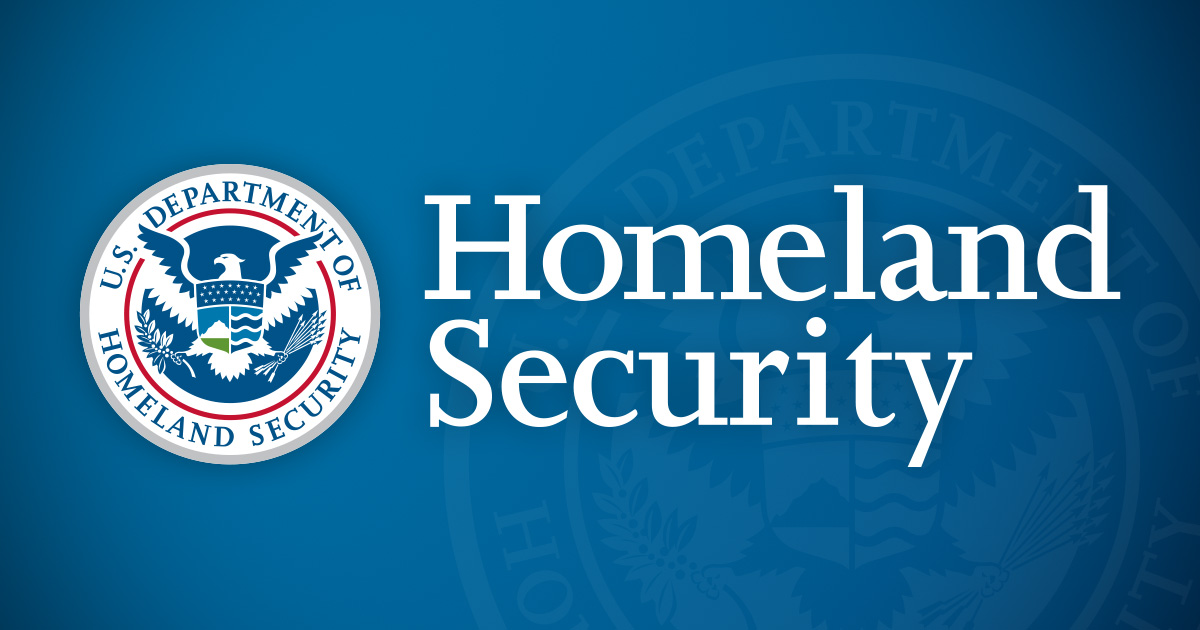Targeted Attack on ICE Field Office in Dallas
#ice #department of homeland security #law enforcement #targeted attack #dallas

Introduction
This morning, a targeted attack on a U.S. Immigration and Customs Enforcement (ICE) Dallas field office shook the nation. The shooter, perched on a nearby rooftop, opened fire indiscriminately at the ICE building, striking a van in the sallyport where the victims were shot. The Department of Homeland Security (DHS) has released a statement condemning the attack and providing updates on the situation.
Details of the Attack
According to reports, the assailant fired multiple rounds at the ICE facility, causing damage to the building and injuring several individuals. The shooter was eventually taken into custody by law enforcement. However, the motive behind the attack is still unclear. The DHS has stated that they are working closely with local and federal agencies to thoroughly investigate the incident and bring those responsible to justice.
Impact and Response
This targeted attack on a government agency highlights the dangerous and volatile nature of the work done by ICE officials. The DHS has emphasized their commitment to ensuring the safety and security of their employees and the public. They have also expressed their gratitude to law enforcement for their swift response and apprehension of the suspect. The incident serves as a reminder of the risks faced by those who serve in the line of duty and the need for continued support and protection for our law enforcement agencies.
About the Organizations Mentioned
U.S. Immigration and Customs Enforcement
U.S. Immigration and Customs Enforcement (ICE) is a federal law enforcement agency under the U.S. Department of Homeland Security. Founded in 2003 as part of a broader reorganization of national security and law enforcement functions following the 9/11 attacks, ICE's mission is to protect the United States from cross-border crime and illegal immigration. The agency is responsible for enforcing immigration laws, detaining and deporting individuals who are in the U.S. illegally, and investigating various crimes such as human trafficking and money laundering. ICE's history reflects its evolution from the former U.S. Customs Service and the Immigration and Naturalization Service (INS). It has been a crucial component in the U.S. government's efforts to manage immigration and border security. Key achievements include significant increases in deportations and the disruption of transnational criminal organizations. However, ICE has also faced criticism for its handling of detention facilities and deportation policies. Currently, ICE is at the center of discussions regarding immigration reform and border security. The agency has received substantial funding increases, with $28.7 billion allocated for fiscal year 2025 alone, marking a significant rise from previous years. This funding is expected to enhance ICE's capacity to detain and deport immigrants, with a focus on expanding detention facilities. Notable aspects of ICE include its role in creating what some describe as a "deportation-industrial complex," where increased funding supports a large-scale enforcement apparatus. Critics argue that this approach prioritizes detention over due process and humanitarian considerations, such as asylum claims. Despite these challenges, ICE remains a vital component of U.S. homeland security efforts, balancing enforcement with responsibilities to uphold legal and humanitarian standards. Its activities are closely monitored by lawmakers, advocacy groups, and the public, reflecting the complex and contentious nature of immigration policy in the U.S. today.
Department of Homeland Security
The **Department of Homeland Security (DHS)** is a U.S. federal agency established in response to the 9/11 terrorist attacks to safeguard the nation from a wide range of threats including terrorism, natural disasters, cyberattacks, and border security challenges. Its core mission is to protect the American people, critical infrastructure, and uphold national security by coordinating efforts across government and private sectors. DHS oversees immigration enforcement, cybersecurity, emergency response, and counterterrorism initiatives. Formed in 2002, DHS consolidated 22 federal agencies to create a unified structure for domestic security. Its key components include the U.S. Customs and Border Protection, the Federal Emergency Management Agency (FEMA), and the Transportation Security Administration (TSA). Over the years, DHS has played a critical role in preventing terrorist attacks, enhancing airport security, responding to natural disasters like hurricanes and pandemics, and advancing cybersecurity protections for government and private sector networks. In recent years, DHS has shifted focus towards emerging threats such as unmanned drone attacks on infrastructure, cyber intrusions into financial and critical systems, and disruptions to supply chains. Strategic visions for 2025 and beyond emphasize technological innovation, integration of intelligence, and public-private partnerships to address these complex challenges. The agency’s budget reflects its broad mandate, with over $400 billion allocated for fiscal year 2025, underscoring its significant role in national security and emergency preparedness. Notably, DHS has faced scrutiny and calls for reform, especially regarding immigration enforcement and internal mission clarity. Recent directives have expanded immigration enforcement powers to other federal law enforcement agencies, reflecting policy shifts under different administrations focused on border security. For business and technology sectors, DHS represents a major government player driving innovation in cybersecurity, disaster response technology, and infrastructure protection, while navigating evolving threats in a complex geopolitical landscape. Its ongoing modernization efforts aim to enhance resilience and adapt to future security challenges.
Law Enforcement
## Overview of Law Enforcement as an Organization Law enforcement refers to the system of agencies and personnel responsible for maintaining public order, enforcing laws, and protecting citizens within a society[2][3]. These agencies operate at local, state, and federal levels, with examples including municipal police departments, county sheriffs, state police, highway patrol, and federal entities like the FBI and DEA[3][4]. The primary mission is to prevent and investigate crime, apprehend offenders, and ensure the safety and security of communities[1][5]. ## History and Evolution The concept of law enforcement dates back centuries, evolving from informal community watch systems to formal, professionalized agencies. In the United States, modern law enforcement began to take shape in the 19th century with the establishment of the first municipal police departments. Over time, specialization increased, leading to the creation of state and federal agencies to address crimes that cross jurisdictional boundaries[3][4]. Technological advancements, such as fingerprinting, DNA analysis, and digital forensics, have transformed investigative capabilities, while community policing strategies have emphasized collaboration between officers and the public[1][4]. ## Key Achievements Law enforcement agencies have achieved significant milestones in crime reduction, public safety, and community engagement. Notable successes include the dismantling of major criminal organizations, advancements in forensic science, and the implementation of community-oriented policing, which has helped rebuild trust in many neighborhoods[1][5]. Agencies also play a critical role in emergency response, disaster management, and counterterrorism efforts. ## Current Status Today, law enforcement faces complex challenges, including cybercrime, domestic terrorism, and calls for greater accountability and transparency. Agencies are increasingly leveraging technology—such as body cameras, predictive analytics, and real-time data sharing—to enhance effectiveness and public trust[4]. Training and professional standards have also become more rigorous, with a focus on ethics, de-escalation, and cultural competency[4]. ## Notable Aspects for Business an








